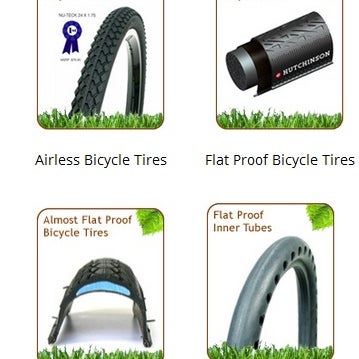At Bankrate, we strive to help you make smarter financial decisions. To help readers understand how insurance affects their finances, we have licensed insurance professionals on staff who have spent a combined 47 years in the auto, home and life insurance industries. While we adhere to strict , this post may contain references to products from our partners. Here's an explanation of . Our content is backed by Coverage.com, LLC, a licensed entity (NPN: 19966249). For more information, please see our .
As a vehicle owner, getting a flat tire is one of the biggest headaches you can face. But while flats are extremely common, getting a flat tire can actually be very dangerous, depending on the situation, like the road you are driving on and your speed. For example, if you blow out a tire in the middle of a busy highway going 75mph, it can affect your car’s handling and increase the risk of a serious accident.
Flat tires are not always unavoidable, but there are ways to reduce the risk of getting a flat while you are driving. In this article, we’ll discuss some key facts and statistics about flat tires, explain what to do in the event of a flat and share some tips for avoiding flat tires in the first place.
Many drivers will experience a flat tire at some point during their lifetime. Even the most durable tires wear down and weaken. Not to mention, roads often contain potholes, sharp nails, debris and other objects that can easily puncture a tire and cause a flat. Here are some statistics about flat tires in the United States:
Auto Car (Torque News)
(Torque News) You might assume that flat tires are only caused by punctures from road debris or sharp objects. But in reality, there are many variables that can cause a flat tire. Here are some of the most common causes of flat tires:
 It’s important to replace your tires once they start to wear out, even if the tires look like they are in good condition on the exterior.
It’s important to replace your tires once they start to wear out, even if the tires look like they are in good condition on the exterior. Valve systems can get damaged when installed incorrectly, or the wrong tape is used.
Valve systems can get damaged when installed incorrectly, or the wrong tape is used.If you aren’t sure what to do after getting a flat tire, you are not alone. Many people are not equipped to change a flat tire on their own. However, you typically have a few options after getting a flat, depending on the supplies you have available. Here’s what to do if you get a flat tire.
You can change a flat tire yourself if you have a spare and are prepared with the necessary tools. Below are some things you should keep in your emergency kit in your vehicle:
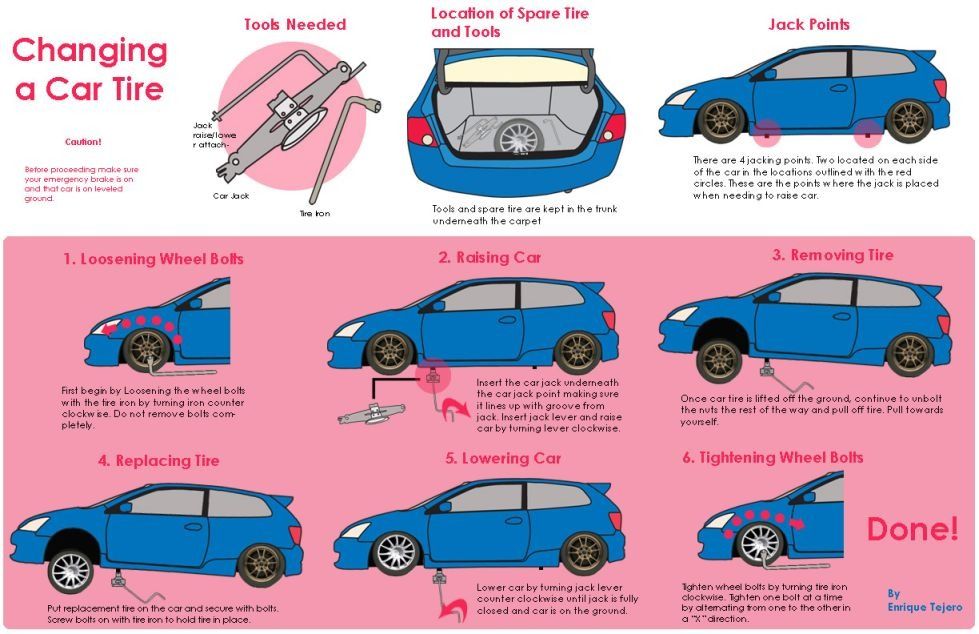 Keep road reflectors or flares in your car in case you need to change a tire on the highway or in another high-traffic area where you might not be easily visible.
Keep road reflectors or flares in your car in case you need to change a tire on the highway or in another high-traffic area where you might not be easily visible.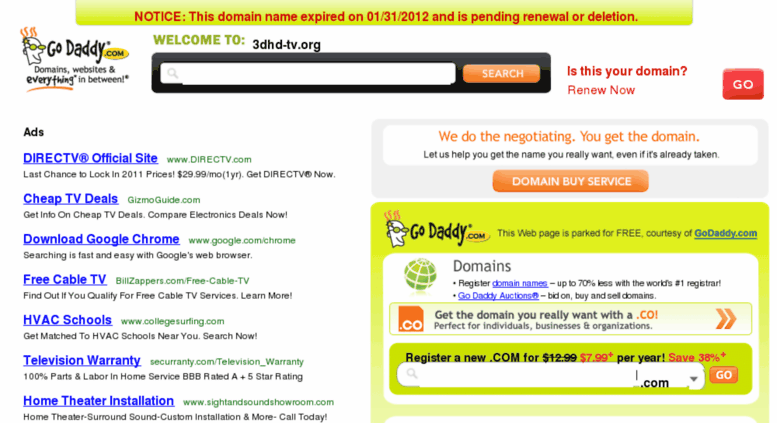 You can find the recommended psi on the side of the spare tire.
You can find the recommended psi on the side of the spare tire.If you don’t have a spare tire in your vehicle and you get a flat, there are some ways to fix a flat until the tire can be replaced. This typically involves plugging the hole where the air is leaking out. Here are a few methods for temporarily fixing your flat tire:
 However, you might have to remove the tire in order to use the plug, depending on where the leak is located. Plugged tires can be driven on for roughly 10 miles, so you still need to get the tire replaced as soon as possible.
However, you might have to remove the tire in order to use the plug, depending on where the leak is located. Plugged tires can be driven on for roughly 10 miles, so you still need to get the tire replaced as soon as possible.Ultimately, many drivers who get flat tires choose to call roadside assistance to help them get back on the road. Roadside assistance can provide basic vehicle repairs and towing, including flat tire changes, battery replacement, fuel delivery, extrication and sometimes locksmith services.
There are a few ways to get roadside assistance. One option is to purchase a plan through an organization like AAA, which has an annual membership fee and offers several tiers of coverage. You can also get roadside assistance through most car insurance companies for a small increase in your monthly premium.
You can also get roadside assistance through most car insurance companies for a small increase in your monthly premium.
If you’re interested in purchasing a roadside assistance plan, it’s a good idea to compare a few options and get quotes to see which one is the cheapest one. You should also pay attention to the benefits you receive with each plan, as every roadside assistance package offers different services, maximum towing mileages and availability.
Car insurance will cover a flat tire, but it depends on the specific situation. For example, if your car gets vandalized and someone slashed the tires, the comprehensive portion of your car insurance policy would pay to replace the tires (minus your deductible). However, car insurance companies would not pay for new tires if you got a flat due to road debris, temperatures or general wear and tear.
If you get a flat tire, whether it’s caused by vandalism or a random act, keep in mind that you don’t necessarily have to replace the tire.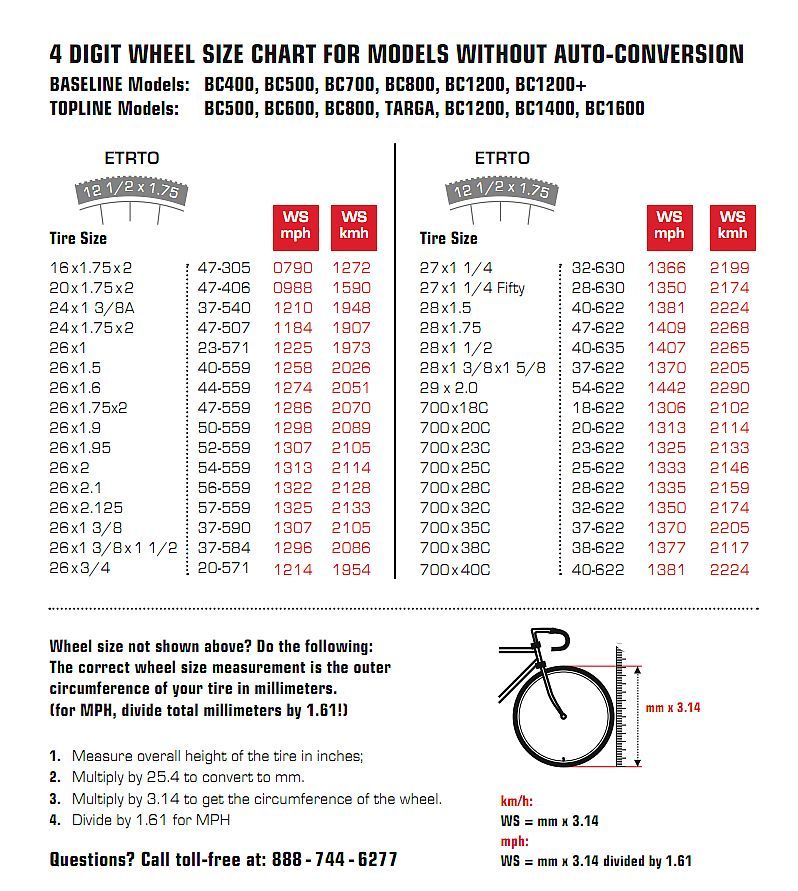 Depending on the type of damage and the severity of the leak, you may be able to patch the tire instead, which could help you save a significant amount of money. The cost of a brand new tire can range anywhere from $100 to $300 on average, whereas a patch only costs $15 to $30 on average.
Depending on the type of damage and the severity of the leak, you may be able to patch the tire instead, which could help you save a significant amount of money. The cost of a brand new tire can range anywhere from $100 to $300 on average, whereas a patch only costs $15 to $30 on average.
You might assume that a flat tire is just an inconvenience, but in reality, tire blowouts can cause accidents, including both multi- and single-vehicle crashes. For instance, if you get a flat tire on a busy roadway, you might lose control of the vehicle and swerve into oncoming traffic. Or, you might run into a stationary object, like a telephone pole or fence.
Auto CarFlat tire accidents are more common than you may think—here is some data to be aware of:
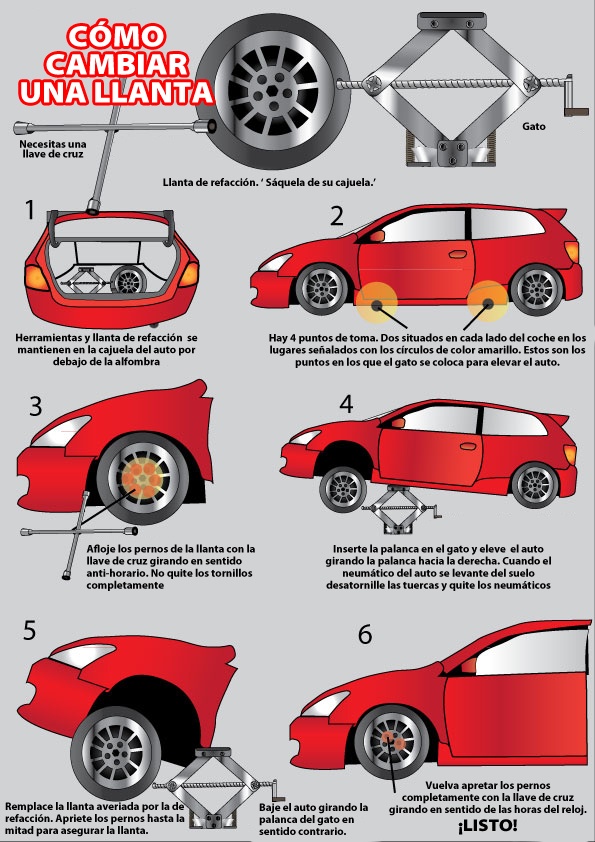 (Consumer Reports)
(Consumer Reports) Flat tires are not entirely preventable, but there are easy ways to lower your risk of getting a flat or blowing a tire while driving. Here are a few tips:
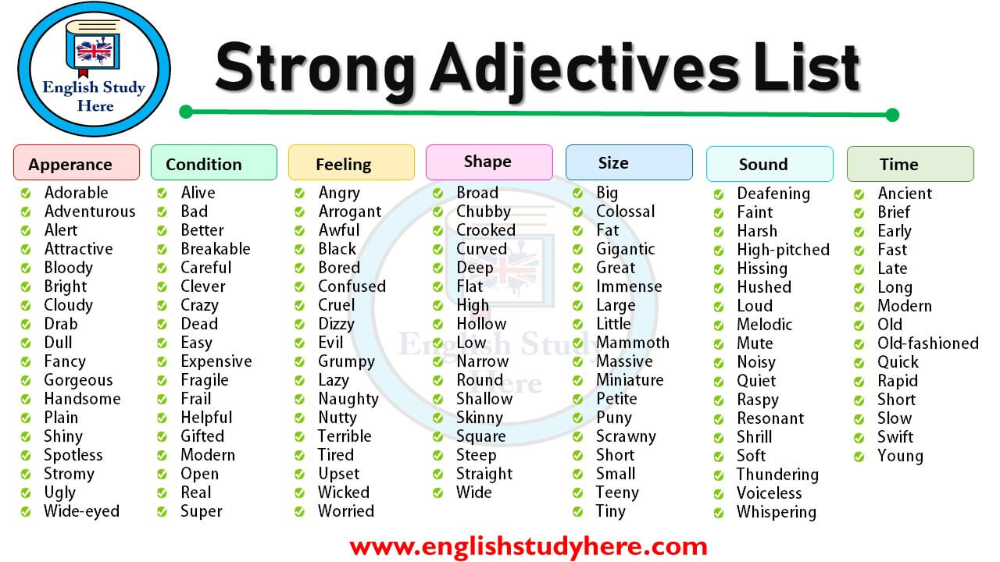 In general, it’s a good idea to check your tire pressure every few weeks, and always before going on a long road trip.
In general, it’s a good idea to check your tire pressure every few weeks, and always before going on a long road trip.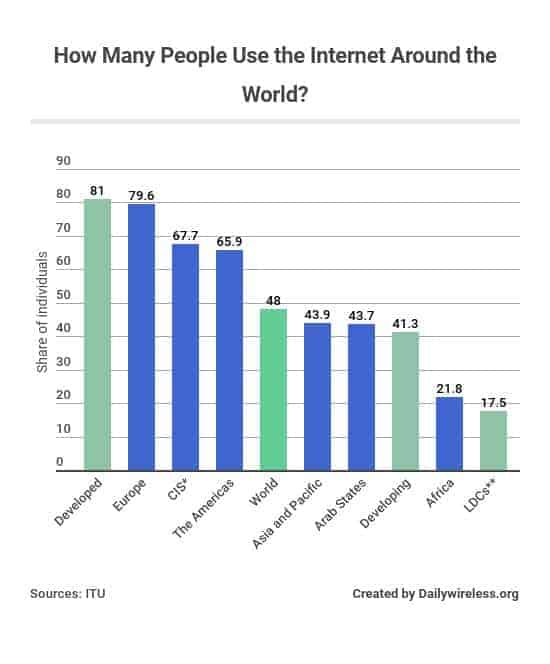
The Tire has been around for over a century. Spare tires have been equipped to vehicles for decades and is the only solution offered by most car makers. With vehicle production getting close to 86,000,000 by the end of 2018. Makes for 344 million tires.
Aside from the mechanical failures, 26% of roadside emergencies are due to tires. In the U.S. alone, approximately 7 tire punctures occur every second, resulting in over 200 million flat tires per year. So statisticaly you will experience on average up to 5 flat tires in your life time. So a roadside emergency is very highly likely.
Automakers continue to eliminate spares to meet fuel economy standards
ORLANDO, Fla. (October 2017) – In an effort to reduce weight and improve fuel economy, automakers continue to eliminate spare tires from new vehicles.
(October 2017) – In an effort to reduce weight and improve fuel economy, automakers continue to eliminate spare tires from new vehicles.
Many new cars are equipped with Tire pressure monitoring systems - these only inform you of low pressure. Even with the spare in the vehicle most people call for roadside assistance rather then tangling with the spare.
If using those aerosol tire inflators, they can cause more harm to your tire than what the puncture did. It can damage the Tire Pressure Monitor System. It can only be used 1 time and is not safe to use in below freezing temperatures
Most of them can cost up to 10 times more than a tire repair and have a shelf life of only four to eight years. The cost alone for most of these are 3 to 5 times are prices. The other brands need some form of energy to work along with a low pressure machine that often requires jacking the car to make them work.
Surveys show that many drivers are unprepared for roadside emergencies. Data shows that 70 percent of drivers have never had their car battery checked, 20 percent also do not know how to change a tire. That adds up to close to 40 million people in US alone.
We can take the time and effort out of the routine.. changing a tire at the roadside or an inconvenient and costly situation. That often requires a roadside service repair or tow to a repair station
Photo: Shutterstock
adv.rbc.ru
See also
Tires are the only vehicle element that is in constant contact with the road.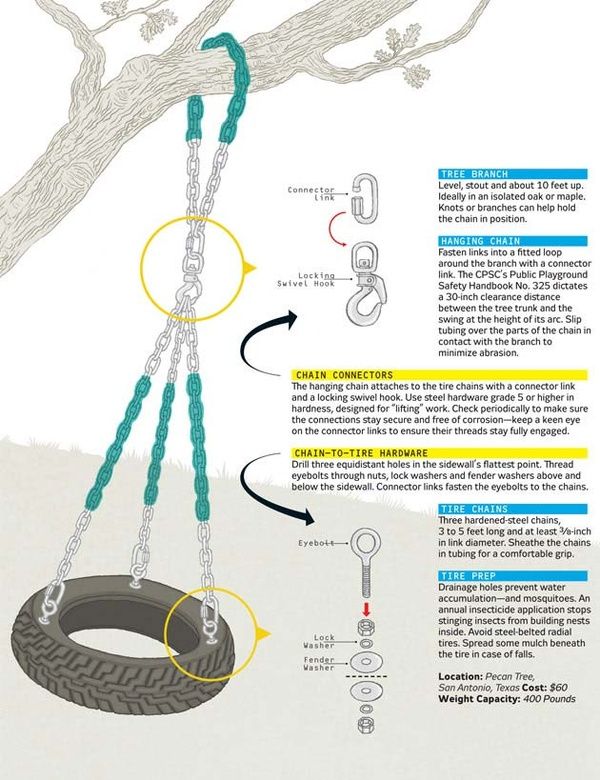 One of the main indicators of their serviceability is pressure. It affects not only fuel efficiency, but also safety.
One of the main indicators of their serviceability is pressure. It affects not only fuel efficiency, but also safety.
As a rule, car manufacturers recommend maintaining tire pressures between 2.0 and 2.8 bar. But in practice there are situations when it is necessary to deviate from this norm.
adv.rbc.ru
Tire pressure should be checked at least once a month, there are several ways to do this. We understand why it is so important to observe the optimal pressure indicator and what it affects.
In this story:
Tire pressure is the resistance with which air "presses" on the inner area of the rubber.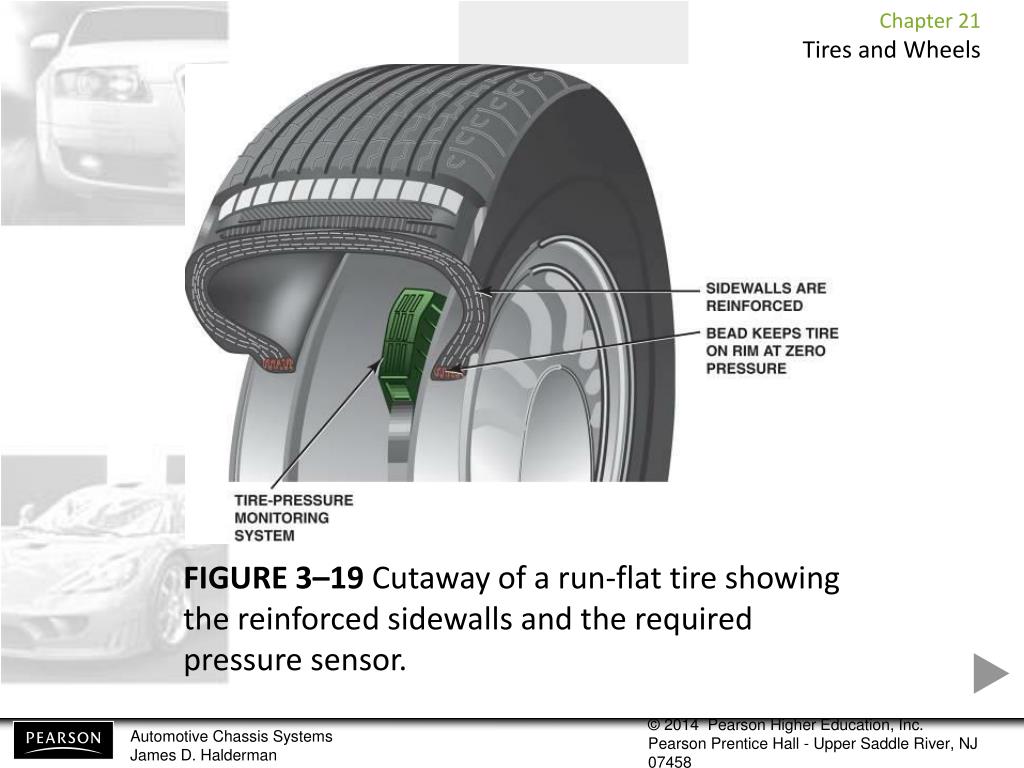 Properly inflated tires will last longer, give you better ride quality and improve your driving safety. If the pressure in the tires is too low or they are pumped over, then the car owner runs the risk of facing a number of problems: from buying new tires to the threat of an accident.
Properly inflated tires will last longer, give you better ride quality and improve your driving safety. If the pressure in the tires is too low or they are pumped over, then the car owner runs the risk of facing a number of problems: from buying new tires to the threat of an accident.
Properly inflated tires will last longer (Photo: Global Look Press)
Under-inflated tires are tires that are below the recommended pressure. In this case, the contact patch of rubber with the road increases, which leads to increased friction or rolling resistance. A worn out outer edge of the tread can visually give out such a problem.
Increased friction with the road can cause the tire to overheat, slip and even burst. In addition, low tire pressure leads to:
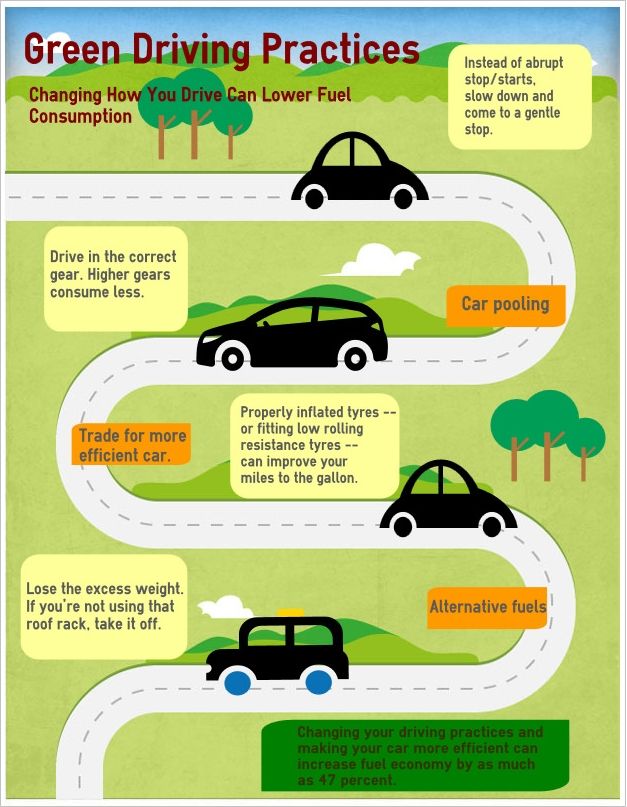
When tires are over-inflated, that is, above the manufacturer's recommended rate, the contact patch decreases. As a result, the main friction with the road is taken over by the central part of the tire.
Excessive tire pressure leads to excessive sensitivity to road irregularities and the risk of tire damage, even destruction. Overinflated tires also cause the following:
Tatyana Eliseeva, an auto expert, master of sports of international class in motorsport, comments
For flat tires:

For overinflated tires:
Excessive tire pressure leads to excessive sensitivity to road irregularities and the risk of tire damage (Photo: Shutterstock)
For each car model, the manufacturer sets its own optimal tire pressure. This indicator depends on the mass of the car, the speed of operation, the number of passengers (partial or full boarding), as well as the load on the trunk [1].
The recommended tire pressure can be found in the vehicle owner's manual or on one of the plates/stickers in the passenger compartment. They can be:
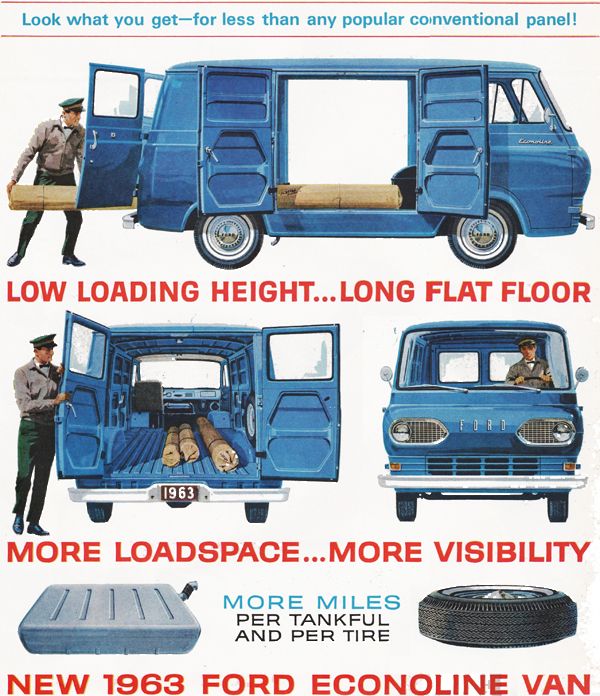
Tire pressure is measured in several units. In Russia, they usually indicate in kg / cm 2 (or atmospheres) and bars (bar). These two indicators are almost equal, which is why they are often used as synonyms:
Foreign models often use pounds per square inch (pound per square inch), or psi:
For convenience, car manufacturers can indicate pressure in two units at once - bar and psi. Thus, the need to independently calculate according to the formulas disappears. Otherwise, you can do this in one of the online calculators or check the table of popular values.
| 2.0 bar | 2.1 bar | 2.2 bar | 2.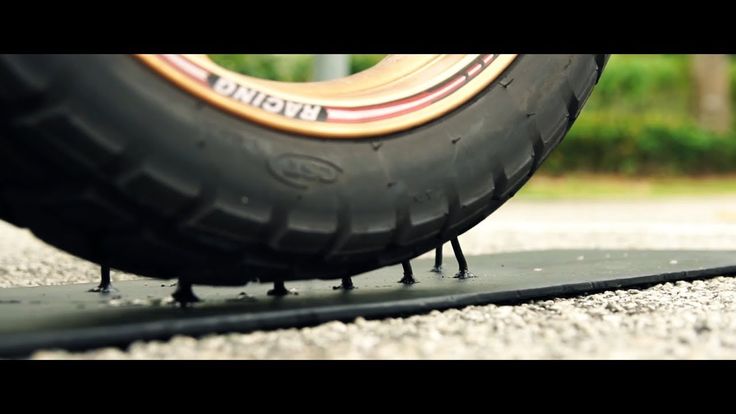 3 bar 3 bar | 2.4 bar | 2.5 bar | 2.6 bar | 2.7 bar | 2.8 bar |
| 29psi | 30psi | 32 psi | 33 psi | 35 psi | 36 psi | 38 psi | 39 psi | 41 psi |
Temperature has a significant effect on tire pressure: when it drops, the pressure in the wheels decreases with it. When the temperature drops by 10 °C, the tire deflates by an average of 0.07–0.14 bar or 1 to 2 psi [2].
Temperature has a significant effect on tire pressure (Photo: Shutterstock)
Summer tires typically use manufacturer's recommended readings. But in winter, it is advised to add about 0.2 bar to these figures [3].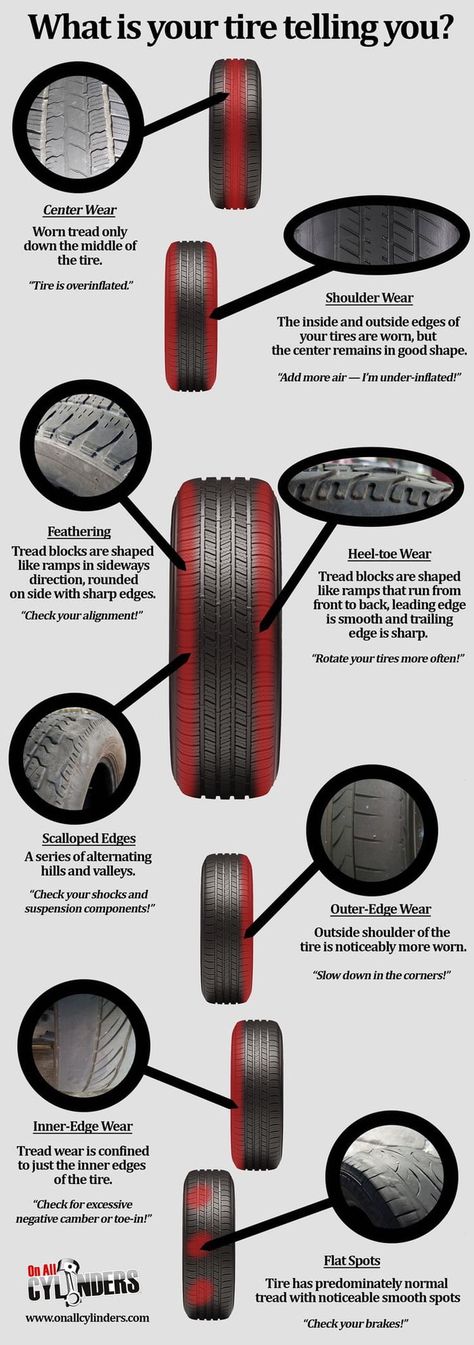
Experts also recommend checking and correcting tire pressure at outside temperature. In the cold season, swapping is best done not in a warm garage, but on the street. In summer, before such a manipulation, you should make sure that some of the wheels of the car were not under the scorching sun, while others were in the shade.
Sometimes the tire pressure needs to be adjusted according to the situation. For example, when the machine is fully loaded or a trailer is towed. For such cases, automakers, as a rule, separately indicate the optimal pressure.
But there are moments that fall into the category of extreme and non-standard (especially if before that the car most often drove around the city). Automotive expert Tatyana Eliseeva analyzed the most common of them.
Leads to heating of the wheels, especially in summer, and therefore it is necessary to follow the manufacturer's recommendations before such a trip. We do not know what we will meet: patched road repairs or heavy rain. After all, for each of these situations, the recommendations will be opposite. Athletes can play with pressure when track conditions are known and engineers can always change the settings. For a long journey, the layman just needs to choose the average.
We do not know what we will meet: patched road repairs or heavy rain. After all, for each of these situations, the recommendations will be opposite. Athletes can play with pressure when track conditions are known and engineers can always change the settings. For a long journey, the layman just needs to choose the average.
Tires must be bled off, especially on sand. The question is for how much? You can bleed up to 0.7 atm, but a not very experienced motorist can slip the wheels with an inaccurate movement, and if the driver turns the steering wheel sharply (for example, trying to catch on the edge of the track), then the tire can come off the disk. And such cases occur regularly.
At near-zero temperatures on packed snow, ice or sludge for new wheels (velcro or studded) it is better to pump the wheels a little so that water and sludge are squeezed out of the central zone of the contact patch and the tread is better have worked. The wheel must be cleared for the tread to work. When it is clogged with snow, the braking distance and traction deteriorate greatly.
The wheel must be cleared for the tread to work. When it is clogged with snow, the braking distance and traction deteriorate greatly.
If the car has worn wheels, but with an acceptable tread depth for winter tires (4 mm), then you should not hope for the correct operation of the tread. Such a low checker no longer pushes the snow. In this case, it is necessary to reduce the pressure in the wheel, thereby increasing the same contact patch.
Photo: Global Look Press
On a country road, the weight of the machine will be an important factor. In this case, we select the pressure according to the load - specific indicators must be viewed on the central pillar of the body. There you will see something like the following recommendation: the more the car is loaded, the higher the pressure in the rear wheels should be.
But a badly broken road can lead to herniations, ruptures and tire damage. Therefore, if we increase the pressure, then we drive on a bad road as calmly and measuredly as possible.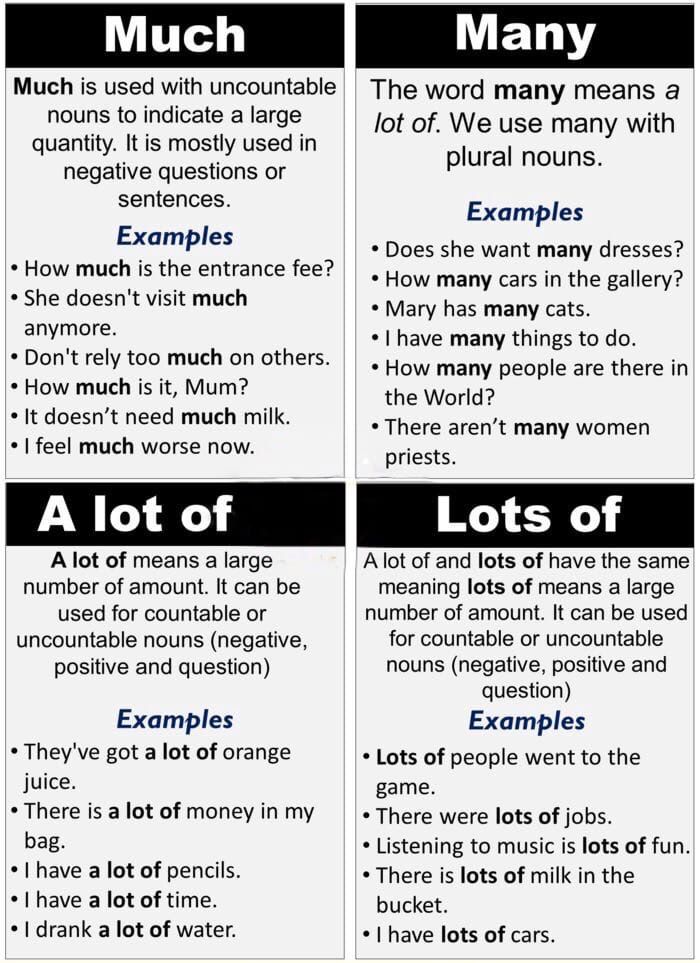 Or we slightly deviate from the manufacturer's recommendations and raise the pressure not as much as the manufacturer recommends.
Or we slightly deviate from the manufacturer's recommendations and raise the pressure not as much as the manufacturer recommends.
The main factor in changing the behavior of the wheel is not the pressure drop at altitude, but the presence of a large number of sharp turns and long braking. The tire will heat up not only from the loads, but also from the operation of the brake mechanisms. Therefore, the idea that due to low pressure it is necessary to increase the pressure in the tires is wrong, because the temperature of the wheel has a much greater influence in this case.
The recommended pressure is always given when the tires are cold. This means that the vehicle has not been driven for three hours or has traveled less than 1 mile (or one mile).
There are two ways to check tire pressure: on your own or at a workshop. In the first case, it is enough to use a public pump at a gas station or purchase a pressure gauge.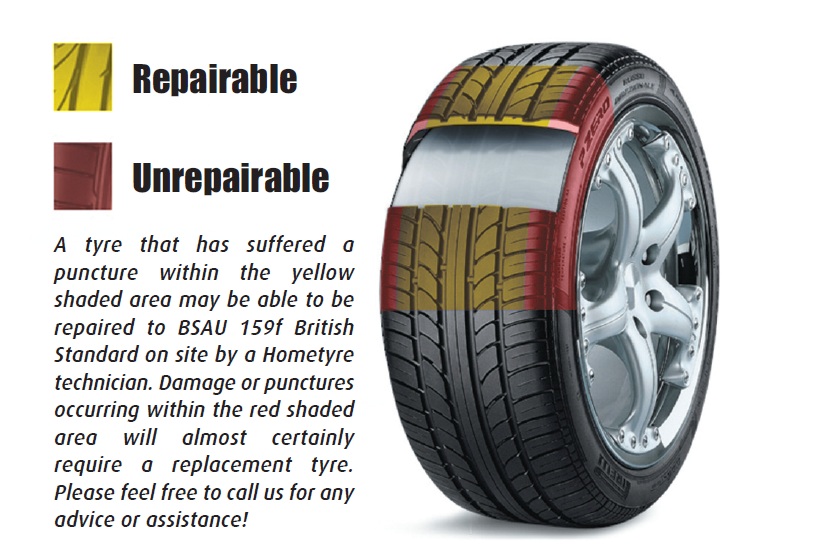 This tire pressure measuring device comes in three types:
This tire pressure measuring device comes in three types:
Another option is to install special pressure control caps on each nipple. Such a gadget works as follows: the upper part of the cap is transparent and, depending on the level of pressure, an indicator of three colors appears in it. Green - the pressure is normal, yellow - the tire is flat, red - the pressure has exceeded the norm.
Photo: Shutterstock
The easiest way to monitor tire pressure is with the automatic TPMS (Tire Pressure Monitor System). Today it is installed on almost all models, and in some countries its presence is a prerequisite for releasing a car from the assembly line.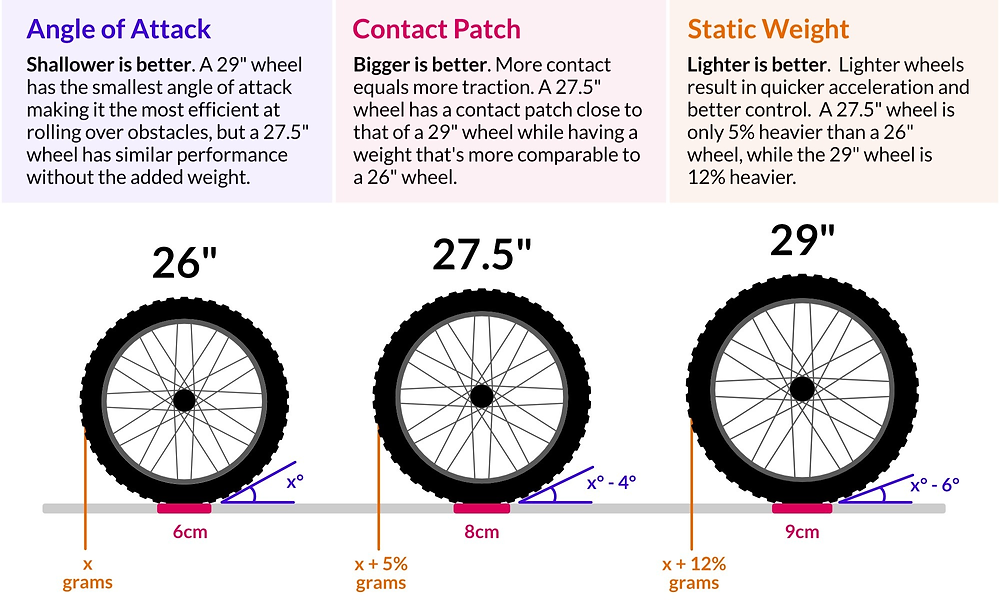
In these systems, the electronics automatically detect changes in the tire, and if the pressure drops below the recommended value, a warning signal lights up on the on-board computer screen.
There are two types of TPMS:
Car manufacturers recommend checking tire pressure every two weeks, but at least once a month. Indeed, even under ideal conditions (for example, the car is idle for a long time), the wheels lose approximately 0.069bar, or 1 psi, per month [4].
The pressure should be monitored before and after a long trip, during a sudden change in temperature (for example, during the first frost or warming), and also after changing tires or driving with a load.
Also, don't forget the spare wheel. Automakers advise servicing it at least as often as the main wheels. As a rule, it has its own optimum pressure values, which can be found in the operating brochure or information table.
| Make and model | Standard load front pressure | Rear pressure at standard load |
| Lada Granta (standard version) | 2.0 bar | 2.0 bar |
| Lada Vesta | 2.2 bar | 2.2. bar |
| Kia Rio | 2.3 bar | 2.3 bar |
| Hyundai Creta | 2.3 bar | 2.3 bar |
| Renault Duster | 2.0 bar | 2.0 bar |
 S.
S. 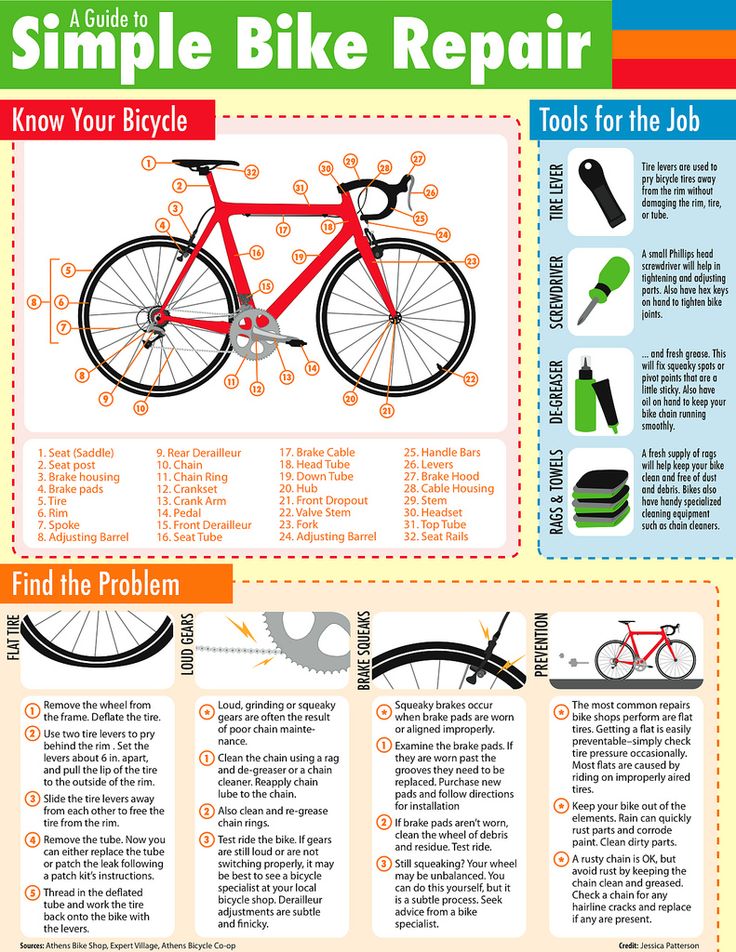 S.
S. | Vitaly Kabyshev, . Photo of manufacturers | |
| A punctured tire is always very annoying. But it is better to know about the flat tire in advance - this is where tire pressure sensors will help. |
The first patent for a tire was obtained in 1846, and since then the wheels have been constantly punctured. It is clear to anyone that a flat tire does not bode well. Yes, and dropped pressure can be very dangerous: it’s not for nothing that in the “Daily Maintenance” section of the car’s operating instructions, the item “Checking tire pressure” is one of the first.
When a tire "breathes", the rolling resistance increases significantly. Where does this lead? To an increase in fuel consumption, increased tire wear and, of course, to the side slip of the car. Moreover, such a small drift to the side can be attributed to the slope of the road or rut. So the driver, by mistake or inexperience, can continue to move for quite some time. And the most dangerous thing about this is that in an emergency, for example, during a sharp maneuver or braking, a flat tire can break off the disc or turn over. And here it is not far from the accident.
Where does this lead? To an increase in fuel consumption, increased tire wear and, of course, to the side slip of the car. Moreover, such a small drift to the side can be attributed to the slope of the road or rut. So the driver, by mistake or inexperience, can continue to move for quite some time. And the most dangerous thing about this is that in an emergency, for example, during a sharp maneuver or braking, a flat tire can break off the disc or turn over. And here it is not far from the accident.
Therefore, this disgrace must be fought with all our might. And the sooner the driver notices the loss of pressure, the better. Of course, the easiest way is to check the pressure before the trip by connecting a pump or pressure gauge to each wheel in turn. But we are lazy and forgetful people. And the pleasure of poking around in the cold or in the rain with some kind of devices is small. Moreover, there is already a whole bunch of systems that can check this same pressure.
China-made caps indicate pressure loss by changing color. Informativeness is good, accuracy is questionable.
Informativeness is good, accuracy is questionable.
The simplest of them are special caps with color indicators, which are installed instead of the standard caps on the boost valves. The pressure dropped below, say, two atmospheres - a warning yellow (orange, purple) strip will appear under the transparent cap of such a miracle cap. Yeah, it's clear that something is wrong with the wheel, we need to check. The pressure has dropped even lower - the cap will “paint” in a different, usually red color, which will indicate the criticality of what is happening. The advantage of this approach is simplicity. Minus - not enough good information content. After all, the caps can only be seen during a stop. Still, getting around the car before the trip, looking at the colors of the caps, is much easier than measuring the pressure every time.
Another disadvantage is that the caps begin to inform about the change in pressure only when it falls below some certain values, which, by the way, can be quite normal for your car and your wheels.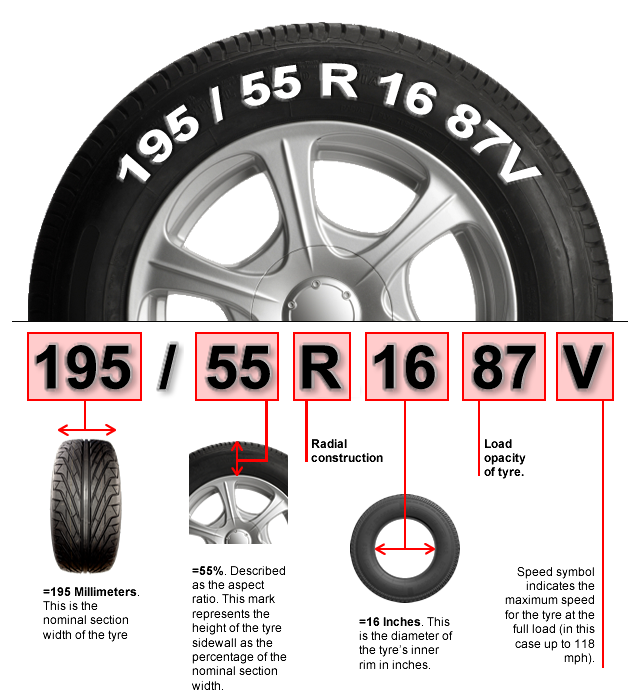 So, you need to select them exactly for your car.
So, you need to select them exactly for your car.
The radio sensors of many electronic monitoring systems are mounted on the disk using special clamps.
And in order to notice something wrong while driving, it would be nice to have an electronic system on board that would automatically notify you of dangerous pressure drops. And not just notify, but would do it on time (so that there was time to orient) and without false positives.
The installed control system in this case will warn the driver at the right time about a change in the corresponding parameter and give him enough time to stop the car safely. It is clear that in cases of a serious puncture or explosion of a tire, such systems will not help, since the driver will feel the car pull without any sensors. But with a “slow” puncture, such electronics are simply irreplaceable.
There are, for example, systems that transmit tire pressure and temperature data to the central unit via radio. And there are those who can transmit this data via Bluetooth to phones or communicators.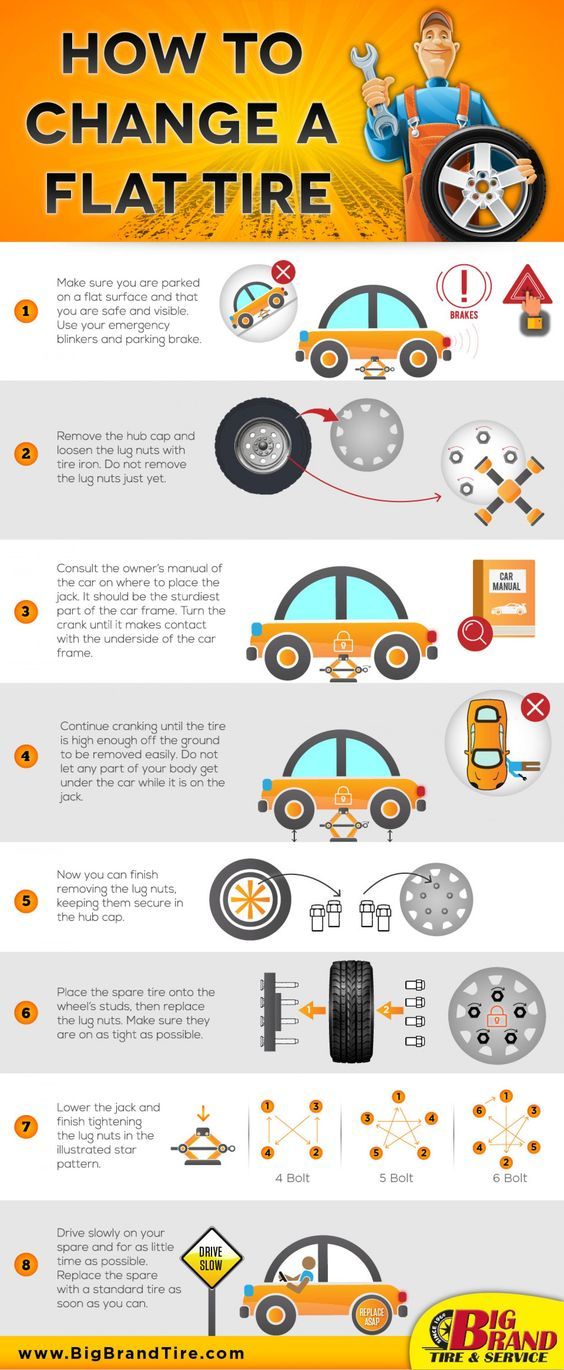 Well, it's very convenient.
Well, it's very convenient.
X-Pressure pressure monitoring system developed by Pirelli. In the simplest version of Optic, it consists of four caps that are installed on regular valves. And they signal a drop in pressure by a change in color.
But there are more tricky systems that work without "real" pressure sensors, but through ABS. It is they who are usually put in the standard configuration of cars. How do they work?
Electronics with the help of sensors determines the speed of the wheels and their relative difference at each moment of time. As you know, when the pressure drops, the height of the tire profile becomes lower. Consequently, the speed of rotation of the wheel with the "sick" tire increases, therefore, the difference in the frequencies of rotation of the wheels on the same axle also increases. As a result, the system captures these changes - and gives an alarm signal.
Acoustic X-Pressure system. Sensors are built into the caps that register pressure, and radio transmitters that provide communication with the central unit. As soon as the pressure has dropped, a corresponding indication appears on the display of this unit and a warning sound signal is heard. Batteries in caps are enough for about 5 thousand hours of operation, which corresponds to five years of operation. Replacement of batteries in the caps is not provided, therefore, at the end of the service life, the set must be changed completely.
As soon as the pressure has dropped, a corresponding indication appears on the display of this unit and a warning sound signal is heard. Batteries in caps are enough for about 5 thousand hours of operation, which corresponds to five years of operation. Replacement of batteries in the caps is not provided, therefore, at the end of the service life, the set must be changed completely.
Why is this indirect method of determining tire pressure bad? Such systems can work, for example, in long turns, when for a relatively long time the system detects a large difference in the rotational speeds of the wheels of different sides (after all, the outer wheels spin at a higher speed than the inner ones). And these are flowers.
One of the more sophisticated X-Pressures, AcousticBlue can transmit pressure data via Bluetooth to a mobile phone. There is such a thing from 160 euros.
In some cases, such systems are useless at all. For example, when tires with run-flat technology are installed on a car.